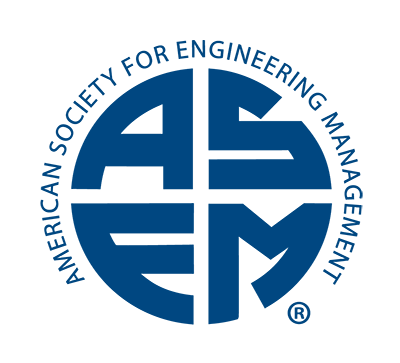 Designing Your Life: How to Build a Well-Lived Joyful Life by Bill Burnett and Dave Evans. Knopf: New York (2016). 238 + xxxi pages. US$24.95 (hardcover).
Designing Your Life: How to Build a Well-Lived Joyful Life by Bill Burnett and Dave Evans. Knopf: New York (2016). 238 + xxxi pages. US$24.95 (hardcover).
A recent trend in product development projects has recognized the value of designers in meeting customer expectations. We heard a great talk by Amy Hawkins on design thinking at the 2017 IAC, for example. Engineering managers, of course, are also aware of the enhanced development capabilities for a project team that includes cross-functional representation. Design thinking formalizes the roles of designers in problem-solving and project execution.
Bill Burnett and Dave Evans have recently released a new book called “Designing Your Life” that applies the principles of design thinking to career planning. Many of the tools that we use in design thinking for determining product or system requirements are discusses as examples for life planning. The authors share real-life stories from their students and colleagues at Stanford to support the design thinking methodology.
First, in the “Introduction,” Burnett and Evans pave the way with five design thinking mindsets (pg. xxvi-xxviii).
- Be curious
- Try stuff
- Reframe problems
- Know it’s a process
- Ask for help
Each of these mindsets is supported by design thinking tools. For example, in being curious, we can investigate different pathways to reach goals. An important element of setting goals, however, needs to include a balance of work, love, play, and health (Chapter 1). Everyone’s ideal balance will be different, but we must each understand the role that work plays in our overall life view.
In Chapter 2, the authors recommend a deep evaluation of how we view work and to align that perspective with our values system. The outcome of this exercise helps us to refine our perception of jobs we love as well as jobs that are not a good fit. The authors advise trying stuff to prototype various carious. Rather than jumping in to own and operate a restaurant, try running a food truck instead. The investment is smaller and you will be able to assess your level of commitment and enjoyment in this new career.
“Designing Your Life” includes a lot of useful design thinking tools applied to our careers and lives. Of course, journaling is a strong design thinking tool that allows us to investigate qualitative aspects of a problem as well as the emotional pull that any given alternative reflects. Mind mapping is another design thinking tool the authors utilize in “Designing Your Life”. Mind mapping is a quick ideation exercise to explore different linkages among ideas, thoughts, and themes.
Storyboarding is another design thinking tool, used to capture a potential single solution from initiation to execution. This technique is often used in film-making but is also used in market research for new product development customer interactions. Thus, we can apply storyboarding to a personal question or to an engineering design challenge.
Chapters 9 and 10 follow a theme that is also familiar to engineers and developers. We must choose to learn from failure in order to grow. Some of our best life lessons will come from mistakes or mis-directions. However, if we also choose happiness (Chapter 9), we can move forward with new knowledge and insights.
Finally, Chapter 11 discusses building a team. In life design, as in engineering or product design, we need a collaborative and committed team. Our life design team can help us frame the right questions and offer new perspectives. The team aids us in investigating alternate solutions and to debrief the lessons learned after we try something that doesn’t work as planned.
“Designing Your Life” is a great book and easy to read. If you are going through a career transition at any stage of life or seeking to plan the next stage in your life, “Designing Your Life” is a great resource. To get the most out of the book, though, you need to practice the design thinking exercises, be curious and try stuff. I highly recommend this book to engineers and engineering managers.
I’d love to hear from you as you move through your career and design your life. I have personally completed many of the exercises from the book and am beginning to assemble a team of appropriate collaborators (mentors). If you want to share your story, I can be reached at teresa@globalnpsolutions.com.
Which design thinking tool do you find most useful for career planning?
Teresa Jurgens-Kowal, PhD, PE, PMP, PEM, NPDP
Global NP Solutions, LLC
